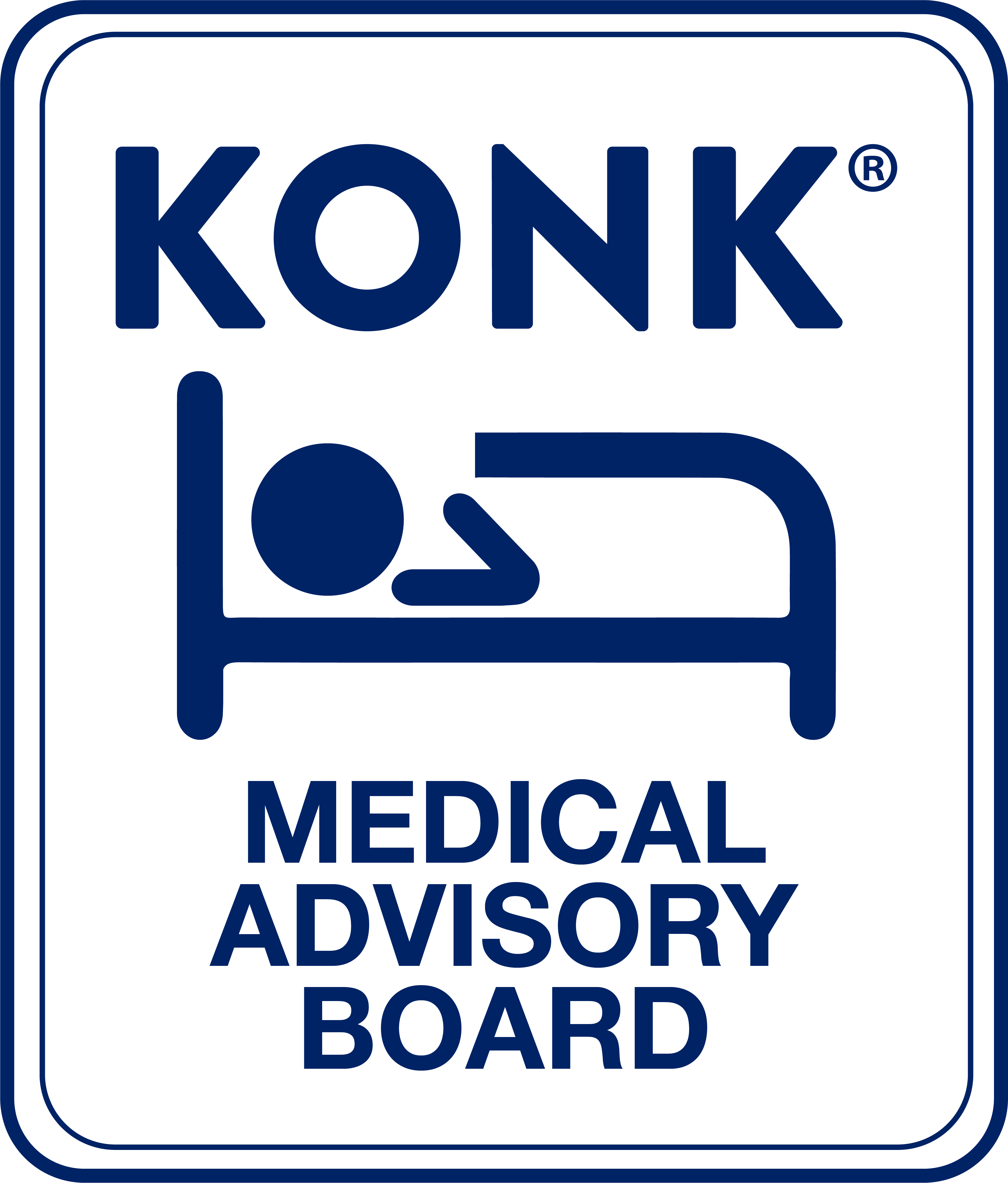Whether you are a specialist or a general practitioner, there is a good chance that the medical problems you treat are themselves useful screening criteria for seemingly unrelated disease conditions that require prompt attention. Perhaps no aspect of clinical medicine correlates with this axiom greater than sleep disorders: the health issues that non-sleep specialists treat are often strong positive indicators of Obstructive Sleep Apnea (OSA) – a condition whose long term impact and associated morbidity is often more serious than the complaint for which the patient arrives. As a result, if we keep our eyes open for conditions associated with sleep disorders, we all have the opportunity to help our patients not just once, but twice.
Consider the high rates of erectile dysfunction and kidney stones found in patients with OSA: A thoughtful urologist who has referral access to a user-friendly sleep service has the opportunity to relieve tremendous suffering in the patients with these diseases – but could also save the life of an undetected sleep apnea patient whose very presence in the urologist’s office may be a sign of the increased mortality risk from heart attacks, stroke and car accidents that arise from OSA. Though sleep apnea is not generally considered the purview of a urologist, there is no reason it could not be – especially if that urologist has the option of referring the patient to a web-based virtual platform that gets the patient treated in days, and almost immediately reduces the risk of potentially fatal disease.
The same goes for a psychiatrist who sees a male over 40 with new onset depression; a gynecologist who sees a fatigued woman in menopause; or a cardiologist who treats atrial fibrillation: They can each help the patients for the issues that bring them to the office, but they could help them again – and just as meaningfully – with a simple referral to an accessible consultation for sleep apnea, which is associated with each of these conditions.
With that in mind, what follows is a list of issues customized for a clinical neurologist, each of which should prompt the expedient evaluation of the patient for OSA.
Peripheral Neuropathy. There is a strong association between OSA and peripheral neuropathy, and not only the diabetic neuropathy that is often found in Type 2 diabetics with OSA: Ulnar Neuropathy at the elbow and Carpal Tunnel Syndrome are common neurologic complaints in patients with OSA, and often times their symptoms precede the development of abnormalities on electrophysiology. These symptoms are often responsive to positive airway pressure therapy (PAP), and easily addressed in otherwise healthy patients by a direct-to-patient platform.
Stroke and TIA. This connection is well-established: Stroke is one of the leading causes of mortality amongst patients with OSA, and TIA should be viewed as a warning shot to address sleep disordered breathing. The traditional system of diagnosing OSA, with specialty consultations and overnight sleep studies, can take months – and with OSA causing more than two excess mortalities per 1,000 untreated person years, delayed care with a safe therapy (PAP) is difficult to justify.
Headaches. The typical neurology practice is inundated with headaches as the chief complaint: Morning headaches. Migraine headaches. Chronic daily headaches. Cluster headaches. All of them are associated with OSA, all of them are exacerbated by the CO2 retention caused by apneic events, and all of them can be successfully addressed with PAP – which has a much safer side effect profile than triptans and injection biologics.
Cognitive Impairment and Alzheimer’s Disease. The presence of OSA doubles the risk of mild cognitive impairment and dementia. In many cases, the disease state cannot be reversed, but PAP may slow progression. Patients with signs of dementia, including early signs, likely need to be evaluated in a certified sleep center – but otherwise healthy patients who are reporting mild memory problems may be candidates for more expedient platforms.
Parkinson’s Disease. As much as 70% of Parkinson’s patients have OSA, and early intervention is crucial. The same can be said for other neurodegenerative disorders, which are also often co-morbid with OSA. These patients will likely require evaluation in sleep laboratories with review by sleep specialists.
All doctors, particularly specialists, should be cognizant of our tendency to see clinical presentations through the prism of our specialty training. Sleep is such an important pillar of health that all of us should consider its disturbance as a possible “upstream” cause of the medical problems we routinely and expertly handle.
If any of these clinical conditions are commonly present in your practice, it’s worth considering the possibility of Obstructive Sleep Apnea (OSA) as their cause. Untreated OSA can have serious health implications, but the good news is that effective treatments are available. Refer your patients to Konk Sleep to explore their options and take the first step toward better sleep and improved health, all without leaving their homes.

